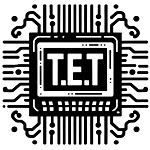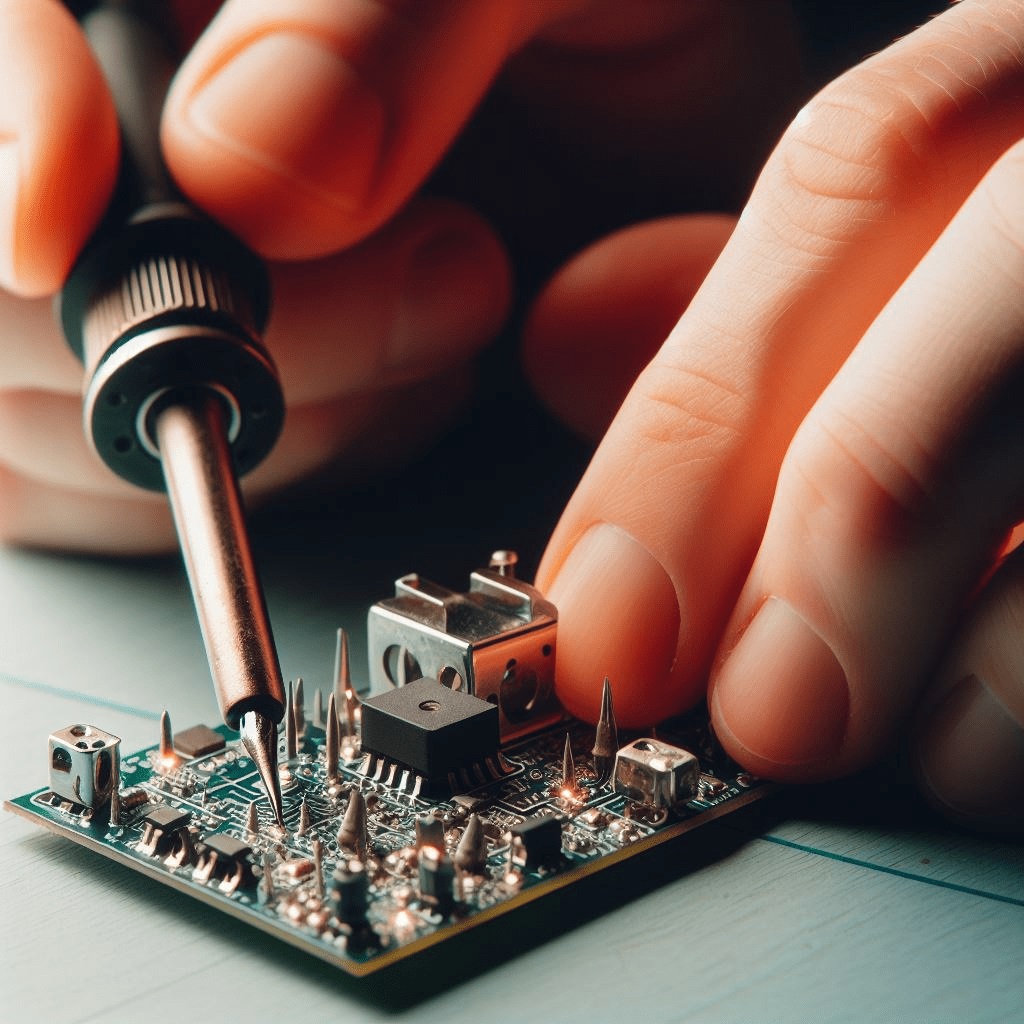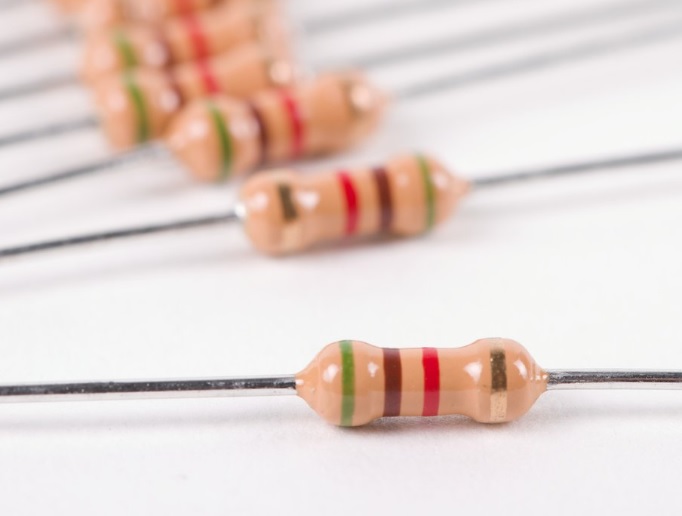Pro Tips (Q&A) Regarding Soldering Like a Professional
Answer: A soldering gun typically delivers higher wattage and heats up faster compared to asoldering iron. It’s often used for larger, heavier-duty soldering tasks, while a soldering iron ismore versatile and suitable for delicate electronic work. Answer: Soldering guns are preferred for tasks requiring high heat and faster melting ofsolder, such as joining heavy gauge […]
Pro Tips (Q&A) Regarding Soldering Like a Professional Read More »



